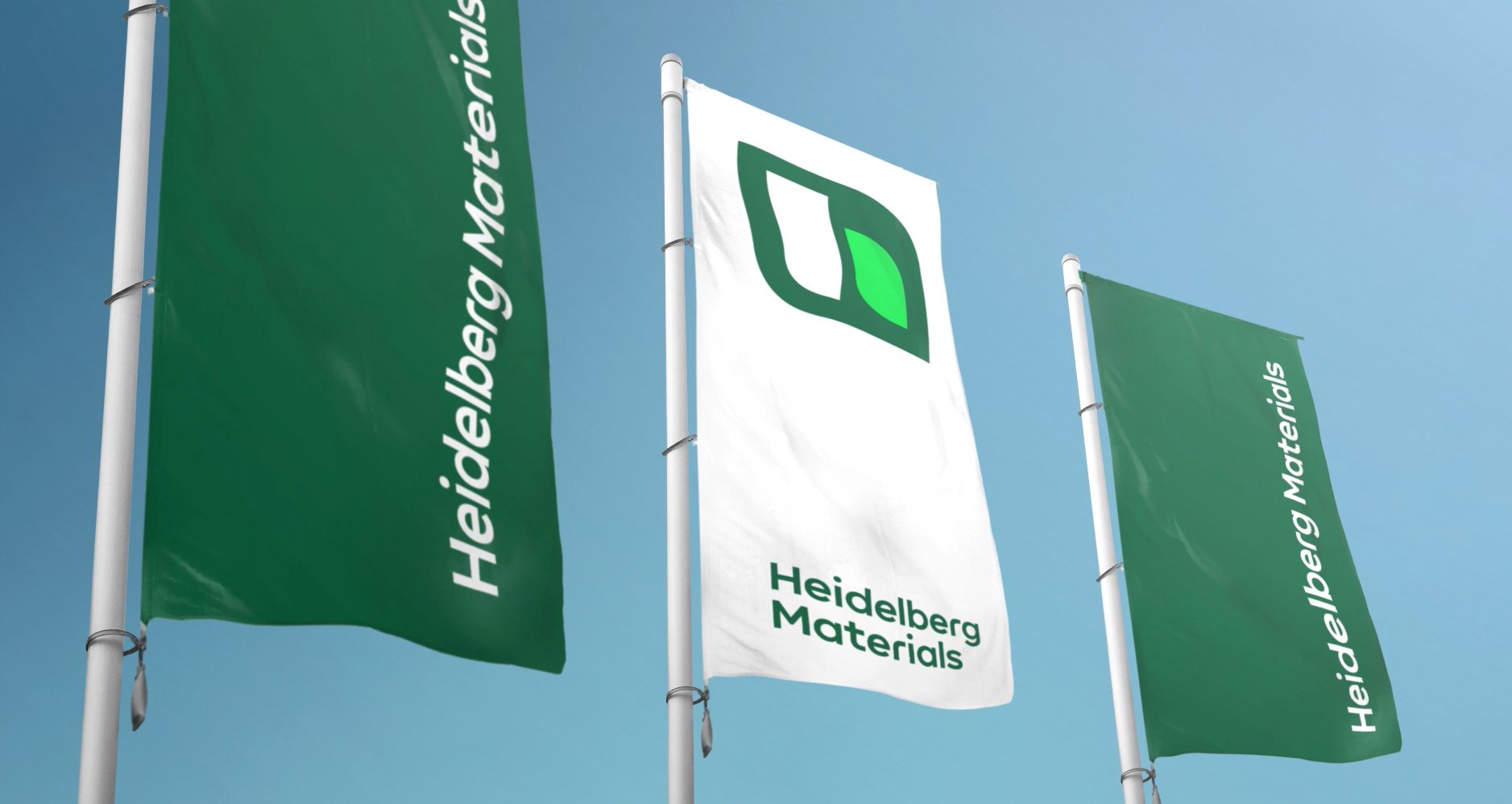Historic Orphanage in Halle
Old Orphanage transformed into modern social services office
A historic brick building in the Belgian town of Halle has been given a new function as a modern municipal office for social services following extensive redevelopment and conversion work by WAW Architects.
The inhabitants of the Belgian city of Halle are still familiar with the imposing brick building known as the “Old Orphanage”. Until the late 1940s, parentless underage girls were accommodated here. Later the house served as a residential home for senior citizens. After several years of vacancy, the historic building has now been given a new task thanks to extensive redevelopment and conversion work: It has been converted into a Belgian “Sociaal Huis”, now serves as a municipal social welfare office and also serves to extend the official residence of the welfare organisation “Openbaar Centrum voor Maatschappelijk Welzijn” (OCMW) in the immediate vicinity.
In 2008, together with the Vlaams Bouwmeester, an architect publicly appointed in Belgium for aspects of architectural culture, the OCMW had already launched a competition for the transformation of the building - the first price went to the design by the Belgian architecture firm WAW, which was implemented until 2016 and realised with products from Heidelberg Materials Benelux.
In the urban Sociaal Huis and at the public welfare organisation, the citizens of Halle will find support for all social issues, for example in matters of rent or debt counselling. The house is the point of contact when it comes to job placement, for family assistance, legal advice, care issues or language lessons. The conversion of the old orphanage was therefore subject not only to aspects of historical preservation, but also to the self-imposed goal of offering citizens the opportunity to participate in an atmosphere of mutual respect. A claim that is now also expressed spatially, for example in the appealing reception hall and the open, visitor-friendly floor plans inside.
Overall, the brick building was extensively but carefully restored from its exterior - the striking tower on the roof was removed and replaced by a faithful replica. From the outside, only a few, but very decidedly set structural additions indicate the modernization and transformation. In order to meet the client's wish for a reference to the headquarters of the welfare organisation, which is only separated by a car park, a new, transparent entrance was constructed in this direction on the basement level. It is marked and roofed by a striking extension, a glass-fronted space on exposed concrete columns, which sits in front of the existing facade and is accessible from the upper floor. The building's former main entrance, which faces the street, has been preserved, but will only be used for special occasions.
The conversion took place in accordance with modern architectural as well as historical aspects.
A second intervention visible from the outside is the opening of the two closed side facades of the historic building through a large square, slightly protruding window.
The former chapel of the orphanage now serves as a meeting hall.
In contrast to the rather cautious way of working on the outer appearance, the interior of the building has undergone enormous changes in line with the new use. Here the architects completely broke open the existing structure and inserted a completely new, partially exposed bearing structure made of steel and concrete in order to create more openness and depth. The height of the floors with the workspaces was largely retained, while internal walls were removed as far as possible. The offices located here can thus be flexibly positioned and easily changed. They are designed as open large rooms, with glassed, lockable cabins only for the department heads. Different color surfaces set here and there accentuate the individual floors.
From the new entrance, the walkway leads to the spacious lobby with modern reception and an attractive waiting area. The room, which used to be dark and half in the basement, now presents itself with a high airspace and a surrounding gallery as the central point of contact in the centre of the T-shaped building. The former chapel of the orphanage on the upper floor serves today as a meeting room for the welfare provider, and there is also an archive on the top floor of the main building. A characteristic element of the redesign is the already mentioned elevated extension above the main entrance, which overlooks the exterior like a cockpit. The almost floating glass body accommodates another conference room. The steel-glass facade sits in front of the sloping exposed concrete columns of the supporting structure, whose diamond-shaped structure was inspired by the stained glass windows of the chapel.
Location
Auguste Demaeghtlaan 381500 Halle (Belgium)

Historic Orphanage in Halle, Belgium.
Heidelberg Materials/Steffen Fuchs

Historic Orphanage in Halle, Belgium.
Heidelberg Materials/Steffen Fuchs

Historic Orphanage in Halle, Belgium.
Heidelberg Materials/Steffen Fuchs

Historic Orphanage in Halle, Belgium.
Heidelberg Materials/Steffen Fuchs

Historic Orphanage in Halle, Belgium.
Heidelberg Materials/Steffen Fuchs

Historic Orphanage in Halle, Belgium.
Heidelberg Materials/Steffen Fuchs

Historic Orphanage in Halle, Belgium.
Heidelberg Materials/Steffen Fuchs

Historic Orphanage in Halle, Belgium.
Heidelberg Materials/Steffen Fuchs
